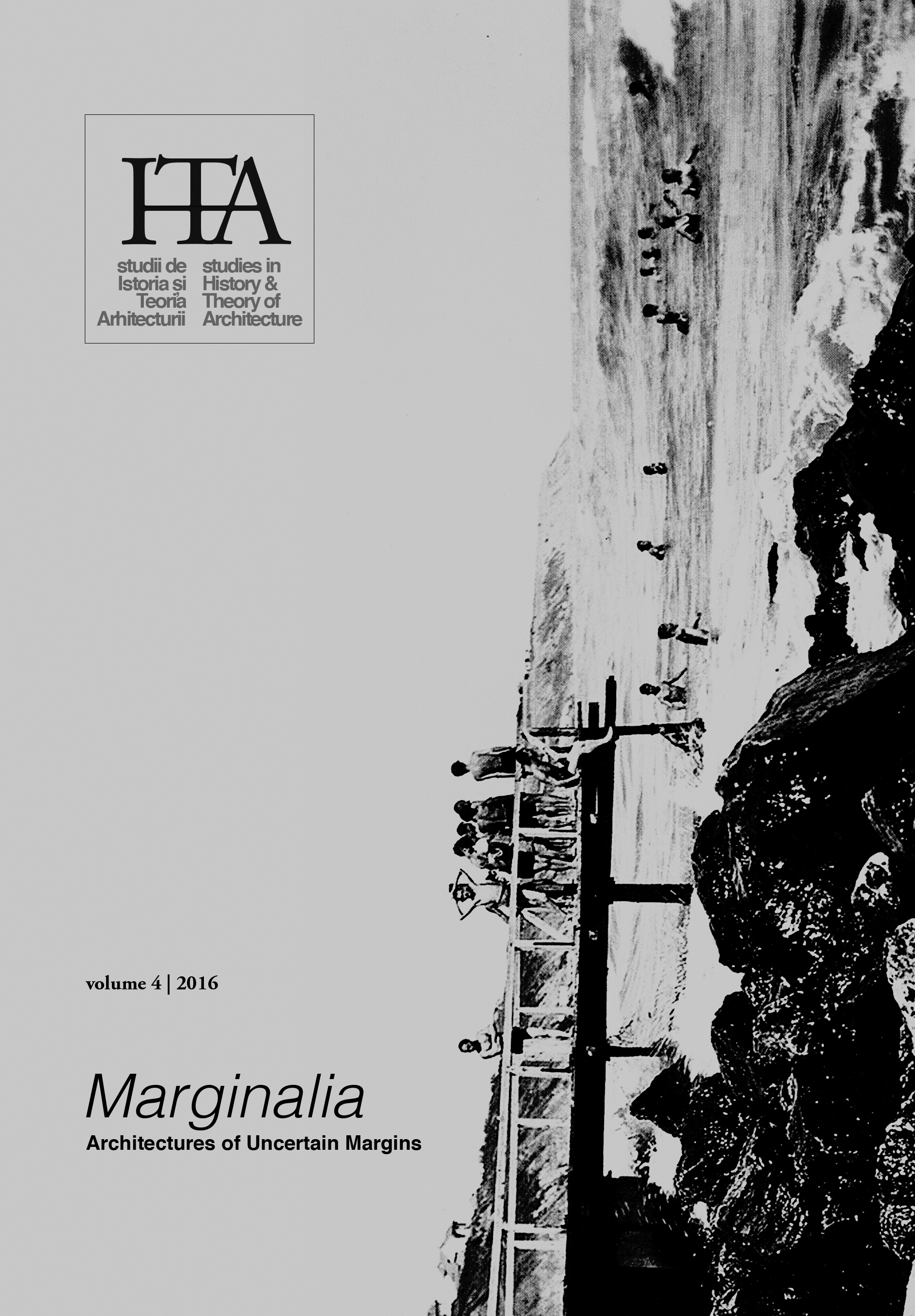“A Fabulous Painting in which I Would Live” Paul Delvaux’s Pictorial Poetic of the Railway Periphery between Art and Urban History
“A Fabulous Painting in which I Would Live” Paul Delvaux’s Pictorial Poetic of the Railway Periphery between Art and Urban History
Author(s): Cristina PurcarSubject(s): Architecture
Published by: Universitatea de Arhitectură şi Urbanism »Ion Mincu«
Keywords: Paul Delvaux; railway periphery; poetic of the everyday; minor heritage; pictorial construction
Summary/Abstract: This article investigates the construction of marginal railway cityscapes in the painting of the Belgian artist Paul Delvaux (1897-1994). Marginal sources like art and literary history may provide unexpected insights into architectural and urban history. Likewise, a marginal, urban-historical reading of Delvaux’s oeuvre might cross-fertilize art-historical interpretations. It might highlight how his artistic vision critically evaluated urban reality by distilling strong iconographic statements, painterly parti pris, which may, at their turn, influence individual or collective cultural perceptions of architecture and the city. We argue that Delvaux’s work both contributes towards and expresses the emergence of a taste for the industrial and the minor urban heritage, just like the eighteenth-century capricci painters, such as Pannini, Piranesi, Hubert or Guardi famously contributed to the dissemination of a taste for Antiquity. It is during the late 1950s and the 1960s that Delvaux creates a particular body of railway-inspired work, rendering the railway periphery poetically, as a place of revelation and enchantment. Delvaux’s paintings anticipate, inspire and profoundly resonate with the interest of the post-war literary avant-gardes in the poetry of banality. The contrast between the major railway works going on in central Brussels and Delvaux’s contemporary painting is read as an intentional reaction to the dialectics between (urban) history and historicity. By sublimating the railway landscape of the periphery into dream-like, poetic images, Delvaux foretells, and subtly resonates with, the emergence in the 1960s - 1970s of the post-war urban conservation movement, wherein Belgium and Brussels played a key role.
Journal: sITA – studii de Istoria şi Teoria Arhitecturii
- Issue Year: 2016
- Issue No: 4
- Page Range: 66-82
- Page Count: 17
- Language: English

